The gunmen took 26 people hostage—mostly embassy staff, but several visitors and a police officer, who had been guarding the embassy, were also held. The hostage-takers were members of the Democratic Revolutionary Front for the Liberation of Arabistan (DRFLA)—Iranian Arabs protesting for the restoration of regional autonomy to the Iranian province of Khuzestan, also known as Arabistan.

Iranian embassy building after hostage taking ending
Britain’s SAS (Special Air Service) attacked the embassy after the hostage takers killed one of hostages. An Iranian embassy employee was killed during the attack. Thus, the Iranian Embassy hostage taking ended with five terrorists and two embassy employees being killed. According to British police accounts, the hostage takers had entered Britain with Iraqi passports.
Fowzi Badavi Nejad, the only terrorists surviving the attack told the court during trial that the operation had been masterminded from Iraq, and they had been organized by an Iraqi Baath army officer, Sami Mohammad Ali (nicknamed ‘fox’). The trial was held behind closed doors, and even the Iranian attaché was denied the entry. In the sixth day of the hostage taking, captors killed Abbas Lavasani—the embassy's chief press officer—a devout believer in the Iranian Revolution, who had repeatedly provoked his captors during the siege since captors insulted Imam Khomeini’s photo and put the body out of the embassy door.

British SAS during hostage releasing operation
Subsequently, Thatcher’s government allowed SAS (Special Air Service) to launch the operation to free the hostages. SAS forces had put explosives and wiretapping devices in the embassy walls, attacked the building shortly after 19 hours local time May 5.The raid lasted 17 minutes and involved 30–35 soldiers. The terrorists killed one (Ali Samad Zadeh) hostage and seriously wounded (Ahmad Dadgar) two others during the raid while the SAS killed all but one of the terrorists.

Sim Harris, BBC correspondent, who were at the embassy in the hostage taking day
Before the hostage taking, Islamic Republic of Iran had sent a letter to British Foreign Ministry and demanded the security of the Iranian embassy. Two days after Britain had responded the letter and accepted the provision of security, hostage taking happened. Analysts believed that SAS could lessen their intensity of the operation to save more lives. Some others believed that Britain never wanted all hostage takers to survive, since they had secrets harmful for Thatcher’s cabinet. Given the secret life of the sole survivor of the event, and British behind-the-doors trial, independent investigation had never been possible into the statements. Some reports had it that Badavi Nejad’s survival revealed that the British government had had not a plan to kill the captors. But the reality belies such beliefs. Peter Taylor wrote in Guardian: “Fowzi Nejad was the only gunman to survive the SAS assault. After being identified, he was dragged away by an SAS trooper, who allegedly intended to take him back into the building and shoot him. The soldier reportedly changed his mind when it was pointed out to him that the raid was being broadcast on live television.”

Firefighters taking corpses out of the embassy building
As said before, Britain denied the Iran’s attaché entry to the court. Parts of court hearings were later destroyed. Never had it been known that what was the identity of organizers of the hostage taking, and why they had not been trialed. Badavi Nejad and was eventually tried, convicted and sentenced to life imprisonment for his role in the siege. He became eligible for parole in 2005. Nejad was eventually paroled in 2008 and granted leave to remain in the UK, but was not given political asylum. Britain never extradited him to Iran lest Iran do not try and sentence him to death.

Another picture of SAS carrying out operation
Killing the captors by the SAS and one living in disguise who survived the event all contributed to the covert nature of the event. Major parts of court hearings were destroyed so that there was no clear response for lingering questions. Why all captors were killed? Why the embassy guard did not resist the captors? He opened the door and terrorists entered the building easily. Was there any link between embassy hostage and American embassy hostage crisis in Tehran? Britain in that time conditioned the end of the crisis to release of American hostages in Tehran. Why the court was behind the closed doors? This, and many other questions would remain dark and unanswered forever, event that short had been forgotten with the outbreak of the Iraqi imposed war on Iran.
SH/EA
MNA
END


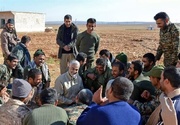
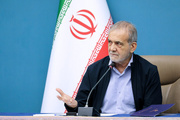
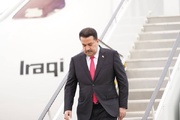
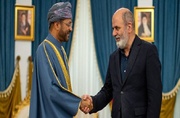
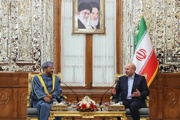
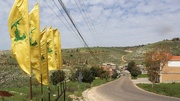
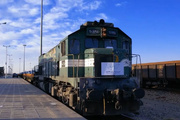
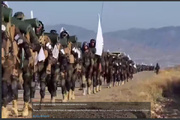
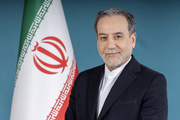








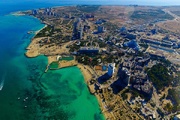


Your Comment